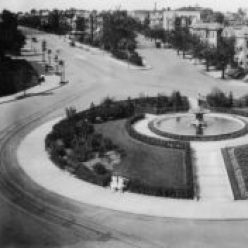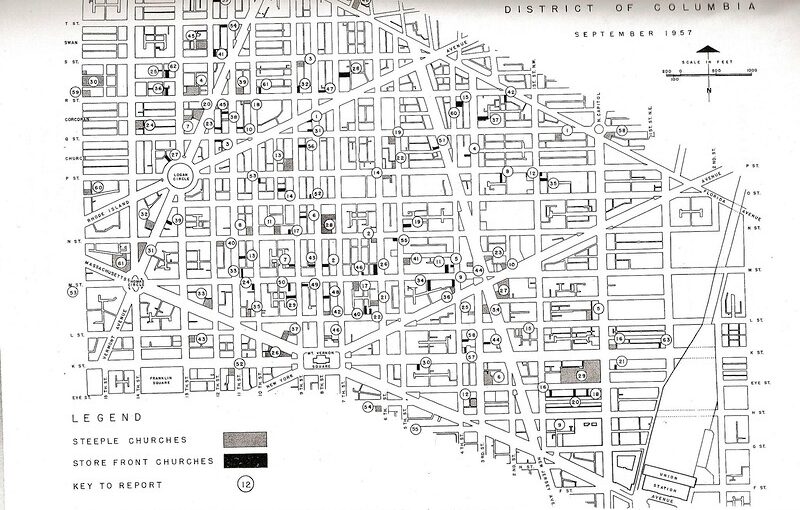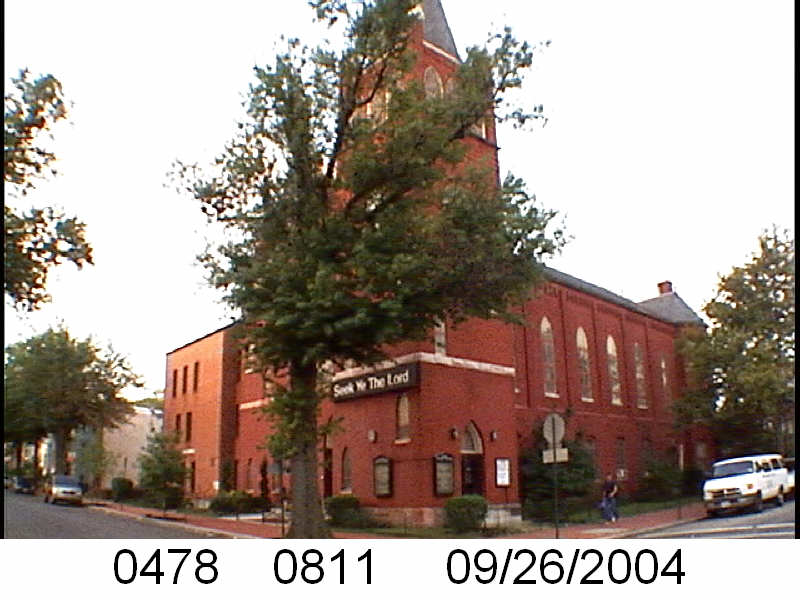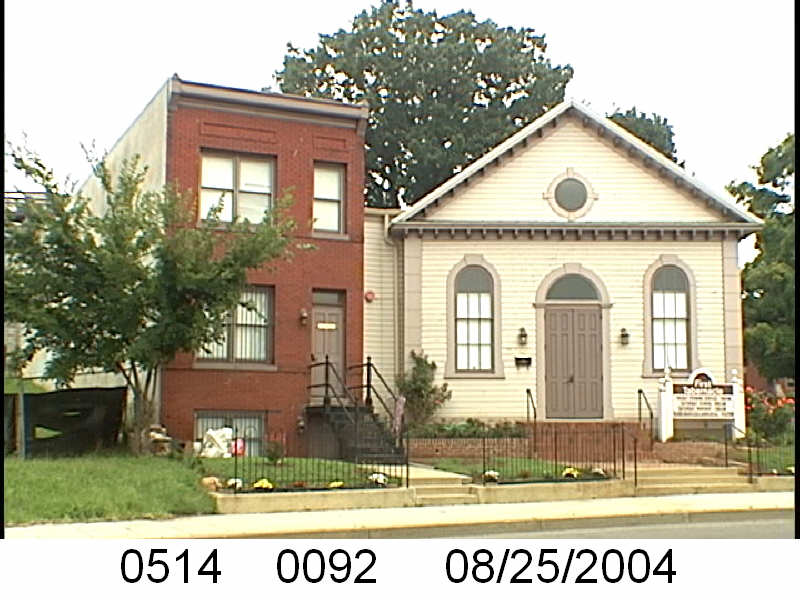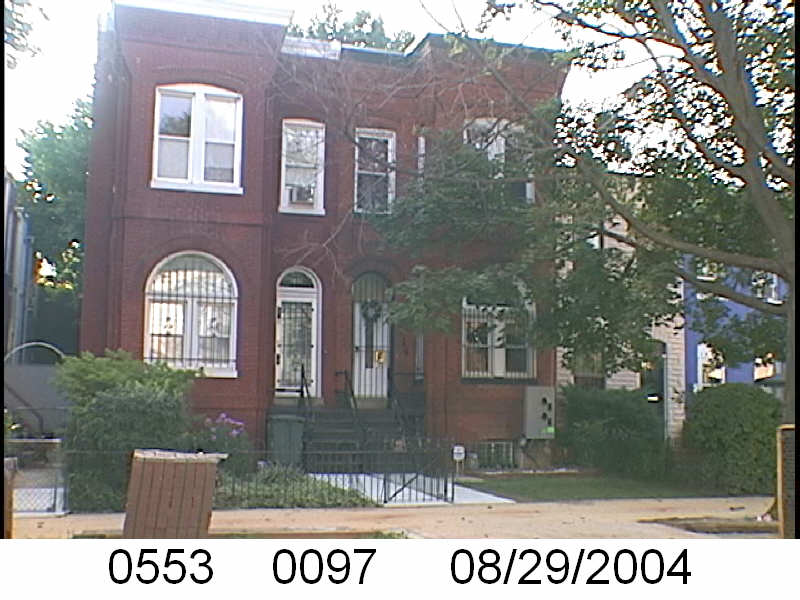When we last left I was looking at an Evening Star article in 1959 about George B. Basiliko’s plans to rehabilitate several Truxton Circle homes. The thing that caught my eye was that these homes were the subject of a post-Home Rule later rehabilitation project that was to take place in the Marion Barry years.
I decided to expand my research to the Washington Post and the Post calls Basiliko a slum lord. But I’m getting ahead of myself. Let’s go back to 1959 and what the Evening Star said.
The October 3, 1959 article, Basiliko, with the help of of the Perpetual Building Association was supposed to rehabilitate 125 units. Several of those units in Truxton Circle. His target areas were specifically the 100 block of O St NW, the 100-200 blocks of Q and Bates Streets NW, the 200 block of P St and outside of the TC but in Shaw the 400 block of Warner. Despite the press, he did Jack.
The more I got into the Washington Post and Evening Star, I don’t know if disgusted or overwhelmed would describe it. Because it opened up a Pandora’s box relating to greater Shaw’s slum history. He profited off it. His target renters were African Americans. When he was found guilty of 8,000 housing violations, Basiliko and the city hashed out a deal. The Redevelopment Land Agency (RLA) bought many of his Shaw properties. And as far as I could tell he avoided jail time.
The Truxton Circle houses he sold to RLA were 47 row houses on Bates Street, 8 on P St, 9 on Q, and 8 on 3rd. He also sold one house on French Street and 33 properties on the block bounded by 8th, 9th, S and T Streets, in Shaw. It appears the money RLA used came from HUD.
One of those P street houses was probably 229 P St NW. It was featured in an article about the 8,000 housing violations. There were holes in the ceiling and the walls. There was defective wiring, plumbing, rotted stairs and missing doorknobs.
The RLA paid Basiliko $1.1 million in 1970 for 106 Shaw properties. What RLA did or didn’t do, is another story for another time.
